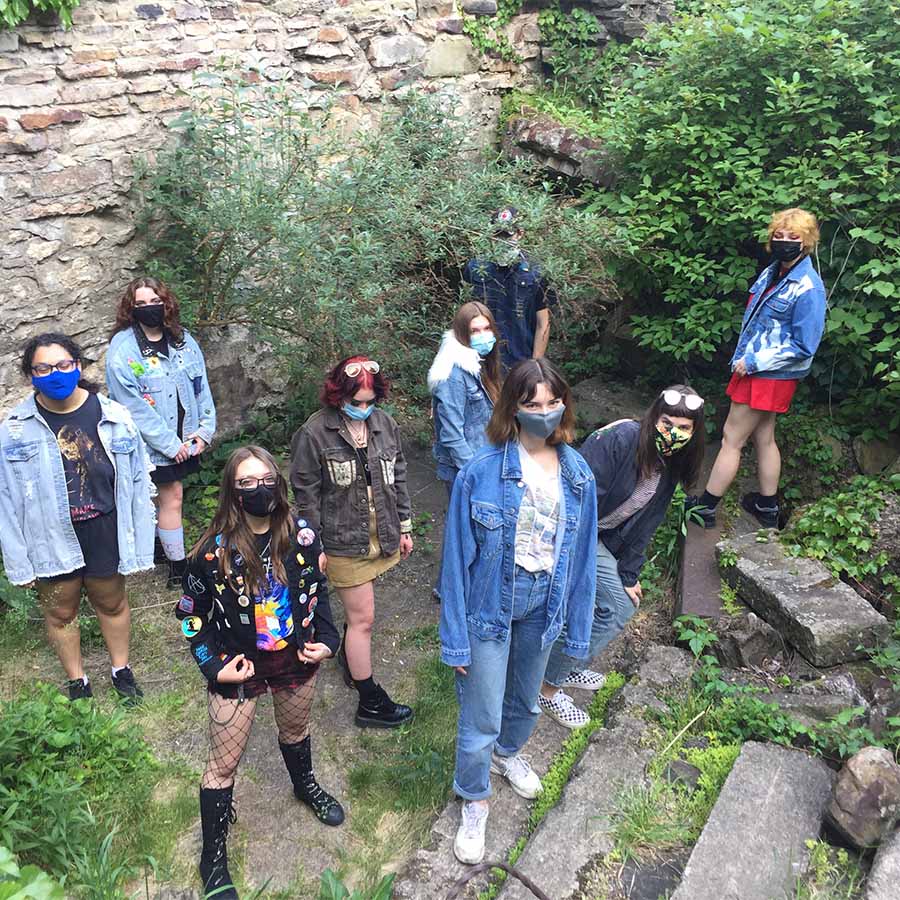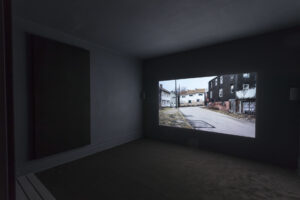This play is a reflection on the (im)possibility of accepting diversity and the other. The fragmented body of the neoplasm—the fruit of unstable conditions—overcomes barriers, loves and denies itself and others, wanders around, forgetting its profession. It frequently and with pleasure divides, goes through dangerous palpation, questions the possibility of contact with the experience of the other. Poorly brought up but very successful, it invites us to a trans-species transition.
Lorem ipsum dolor sit amet, consectetur adipiscing elit. Fusce at elit quis felis ullamcorper vehicula non in est. Maecenas finibus pharetra justo et faucibus. Nulla eu tortor vel ex volutpat efficitur. Vivamus placerat turpis in aliquet venenatis. Quisque ac lacinia mauris. Nam quis lobortis elit. Vestibulum sagittis nisi sit amet euismod hendrerit. Mauris non sodales odio. Donec efficitur molestie quam, sed lobortis massa vestibulum ut.
Nunc at arcu sodales nisi porta euismod non vel neque. Phasellus at lobortis ante, in suscipit justo. Proin non purus vitae nisi molestie consectetur. Vestibulum volutpat lobortis interdum. Vestibulum pretium ligula lorem, egestas ultricies lectus ultricies ac. Curabitur venenatis vulputate dolor.
This work evolved from research concerning Napier's Great Uncle Jonathan Napier who was killed in action in the Third Battle of Passchendaele in Belgium in 1917.
Napier's work deploys banner stands as ready-made exhibition devices, which he appropriates and creatively extends beyond their usual use, to present the results of research and fieldwork in Ireland and in France.
This fieldwork meant actually standing in fields and streets of interest, as he worked his way through specific landscapes. The images were formed by attempting to produce a pitch or arc within a landscape using a hand-held camera with a panoramic setting. The results depended on pace, direction, accuracy, and follow-through, as part of a bowling or pitching action. Practice is necessary to get an image and trajectory to "land," and to produce "a slice of landscape."
The sites in France trace the "progress" of the 28th Pittsburgh Division in 1918 during the First World War, as the summer and fall exploded across Champagne and Argonne regions, before the armistice. Whilst there is an American narrative to these images, they also intersect with the French World War I narrative. Within the images are fields of battle, battle site commemorative sculptures, graveyards, and national monuments. Military sacrifice remains part of the construction of nationhood.
In Ireland, there is no State monument to "The Troubles" as it cannot be agreed who the victims are. "The Troubles" legacy, combining responsibility, compensation, and commemoration, continues to be a contentious part of the fragile peace process in Northern Ireland.
Curated by John Carson
Exhibition
Philip Napier is a sculpture and mixed-media installation artist. His work has used visual and aural languages to explore the relationship between the colonized and colonizer in Northern Ireland. With a strong sense of history, he combines intellectual, poetic, visceral, and emotional elements in sculpturally inventive ways. He has developed works within gallery contexts and through time-based and permanently situated public projects. Napier is a respected educator, and currently head of Fine Art at the National College of Art and Design in Dublin.













